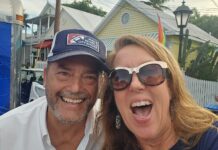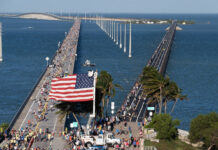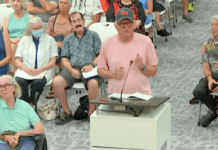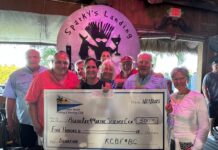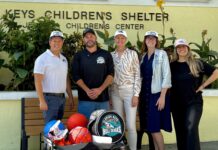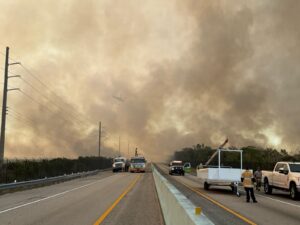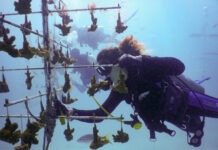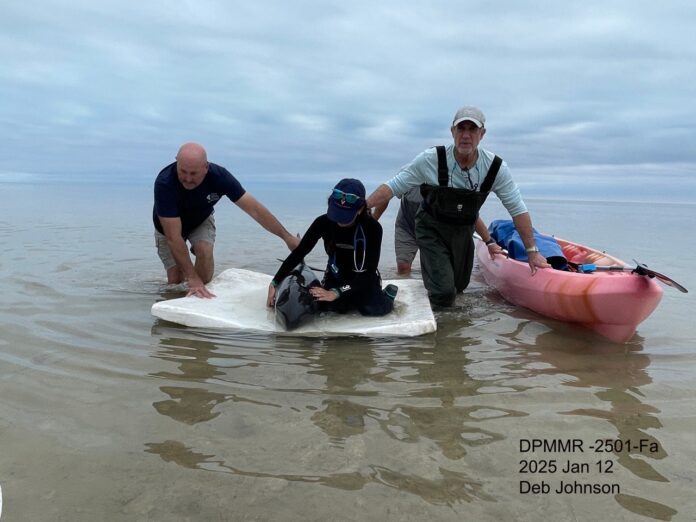
Marine mammal responders mobilized for the report of a stranded dolphin off Long Key State Park on Jan. 12. What they found upon arrival was a little more rare.
Art Cooper, director of stranding operations for Dolphins Plus Marine Mammal Responder (DPMMR), said they discovered a 5.5-foot pygmy killer whale (Feresa attenuata) struggling in shallow mud flats and exhibiting signs of poor health. The whale was malnourished, exhibited shallow breathing and had recent shark bites.
After careful evaluation by DPMMR’s stranding veterinarian Dr. Juli Goldstein and in consultation with NOAA Fisheries stranding coordinator, the decision was made to humanely euthanize the animal and provide a compassionate transition.
“The decision to euthanize any animal is never easy, but after a thorough clinical evaluation, it became clear that ending this whale’s suffering was the only humane option available,” Goldstein said.
Cooper said it’s an unprecedented stranding event that will provide the team and government officials with valuable scientific insights on the species. Cooper said the last time this species was seen in the Florida Keys was in the early 1990s when they successfully rescued, rehabilitated and released a pair of these animals in Key Largo.
“This is definitely not a common occurrence,” he said.
Pygmy killer whales typically inhabit tropical and subtropical waters at depths between 500 and 2,000 meters. The species is characterized by its dark gray to black coloring with lighter gray sides and white markings around the lips and snout. The average length is just over two meters (6.5 ft.).
Steve McCulloch, director of DPMMR stranding investigation, said that although the ending is sad, there is a lot of scientific information to glean from the stranding.
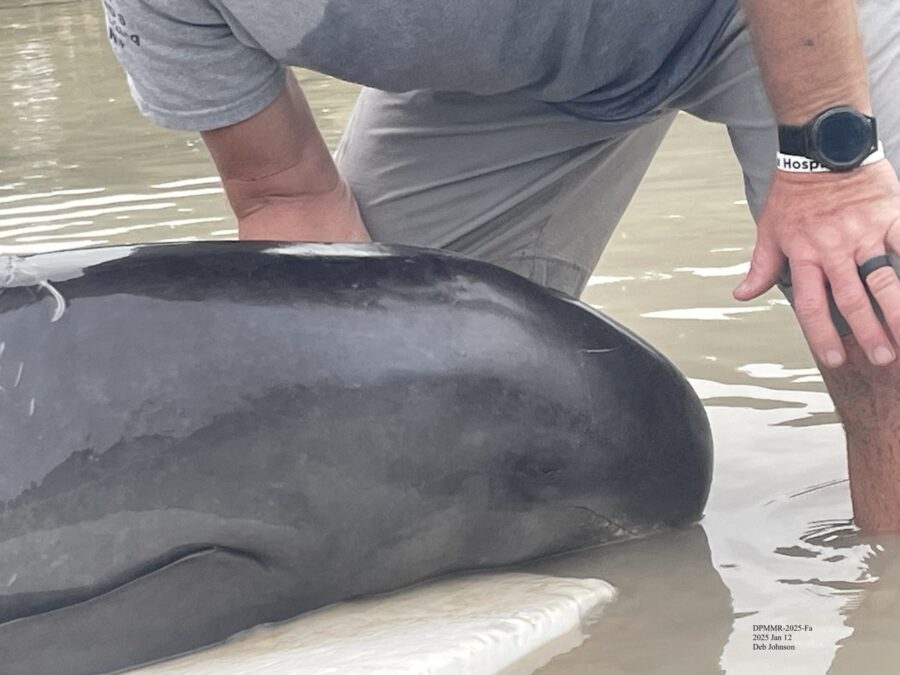
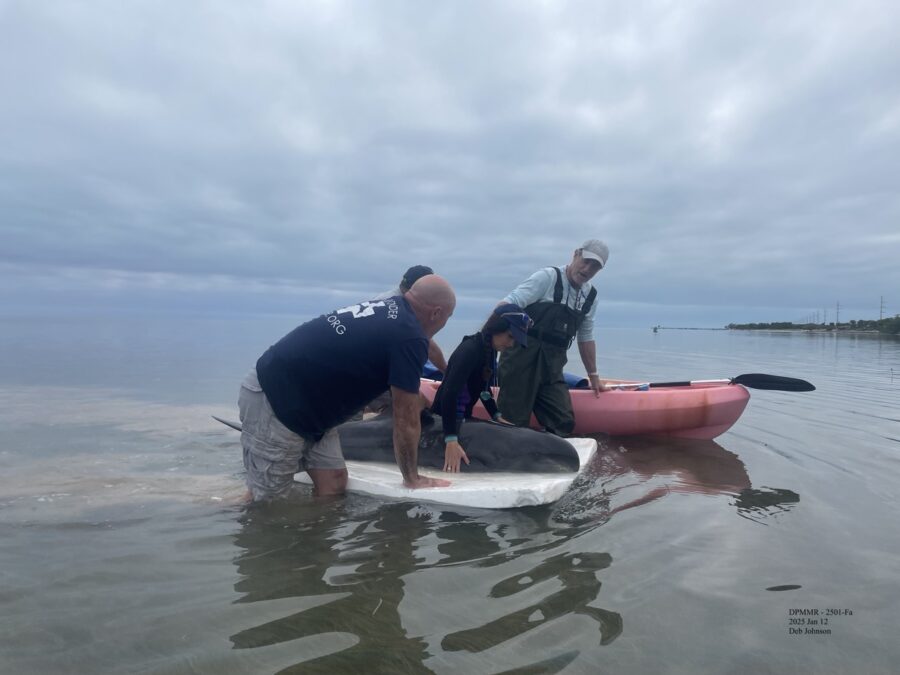
“Ultimately, as sentinels of ocean and human health, marine mammals reflect the condition of our shared ocean environments,” McCulloch said. “We swim in the same water and in some cases, we eat the same fish.”
A necropsy is being performed at NOAA Fisheries pathology laboratory in Key Biscayne to learn more about the cause of the stranding and to help identify any emerging threats to the species.
Cooper, who was among the team on-site responding to the animal, said this stranding is a stark reminder of the need for a marine mammal hospital in the Florida Keys – a project DPMMR is working toward daily at the Protect Center in Islamorada.
“The worst part of our job is having to euthanize an animal, especially if it is an animal that could have been rehabilitated and released back to the wild,” said Cooper, founder of DPMMR and authorized agent for the National Marine Fisheries Service. “Due to its young age and reliance on a mother for food, this animal would most likely not have made a good candidate for rehabilitation. However, we know the day is near when we get the call about an animal that is an ideal candidate for rehabilitation and release back into our Florida Keys waters. I’m not sure I will be able to sleep at night if we are not in a position to offer that lifesaving care.”
DPMMR’s stranding response and rehabilitation is regulated by the National Marine Fisheries Service, which has published minimum standards for rehabilitation facilities. In 2023, DPMMR secured real estate in Islamorada and a large enough pool to meet the size and space standards, but have faced obstacles in finishing the facility and being licensed to rehabilitate.
“Our teams are working daily with architects and engineers to draft all the intricacies of a marine mammal hospital, and once complete, we will be able to submit detailed plans to the local building department for approval,” said Nancy Cooper, president of DPMMR. “We are chomping at the bit to break ground on the actual rehabilitation facility but have many obstacles to navigate to get there. We have a dedicated team working on this project to move it along before another animal strands that would be a candidate for rehabilitation.”
